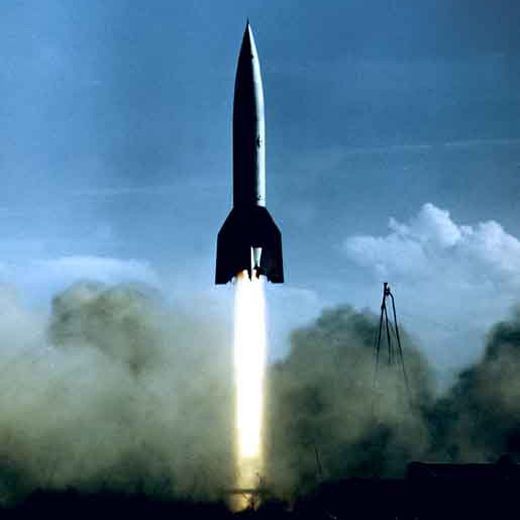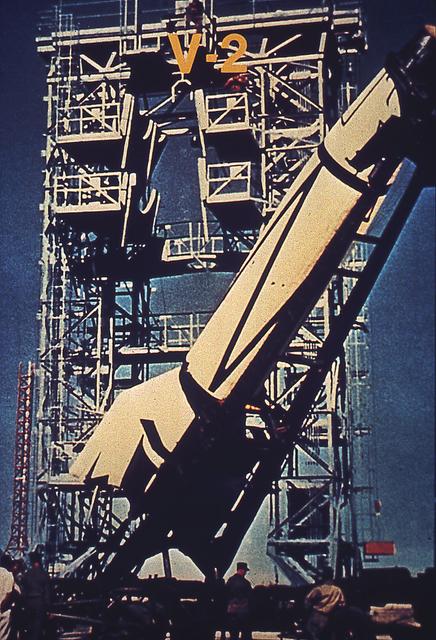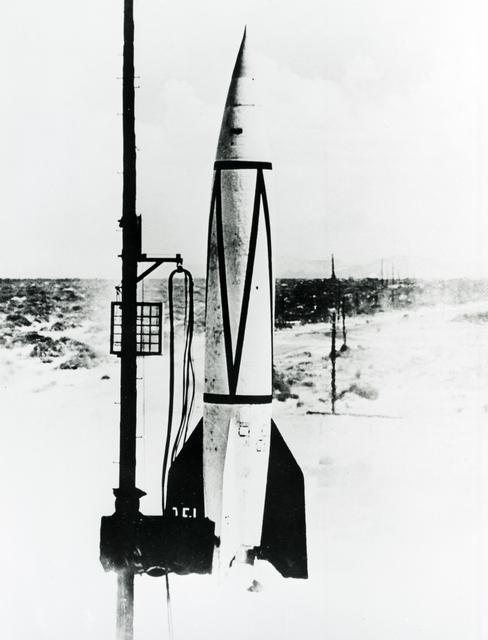
Today we’ve almost become numb to the stunning high-quality satellite images we get of our planet daily. But prior to 1946, people had never seen the Earth from space.
The grainy, almost unidentifiable photo above was taken on October 24, 1946, at an altitude of 65 miles (105 km) above the New Mexico desert. It was captured on a 35-millimeter motion picture camera being hurdled into space on a U.S. captured German V-2 missile. The camera was enclosed in a steel case for protection as a few minutes later it returned through Earth’s atmosphere and slammed into the ground at about 500 feet per second.
The photo is officially hailed as the first image captured of Earth, while also being the first-ever image from space.
A man by the name of Fred Rulli, who was 19 at the time, recalls that day clearly. According to Smithsonian Magazine, he was assigned to the recovery team that drove out into the desert to retrieve the fallen camera from the missile wreckage. When they took the camera back and found the cassette was intact, Rulli says the researchers were thrilled.
“They were ecstatic, they were jumping up and down like kids,” he says. Later, back at the launch site “when they first projected [the photos] onto the screen, the scientists just went nuts.”
The photo itself isn’t much to look at today, showing grainy clouds over the Southwest. And though it may have not yielded much data at the time either, it was an impressive proof of concept. Before, the highest photo ever taken came in 1935 from a crewed hot air balloon mission called Explorer II, which only traveled 13.7 miles up (22 km) versus the V-2’s 65 mile (105 km) height.
Less than a year after the first V-2 photos, researchers, led by physicist and future NASA pioneer John T. Mengel, built upon the previous mission and went higher, taking images from over 100 miles (161 km) up this time. Between 1946 and 1950, over 1,000 photos were taken of Earth from space aboard the V-2 rockets.
Today, 75 years after seeing the first image of our planet, we take a look back at our own history and what was once the beginning of space exploration. Soon, space telescopes like the James Webb Telescope will return images that peer back in time to the beginnings of the universe and uncover the undiscovered mysteries far beyond the Earth.
Enjoy reading Space Explored?
Help others find us by following in Apple News and Google News. Be sure to check us out on YouTube, Twitter, Facebook, and Instagram, join our Discord, join the discussion on our Reddit, and don’t forget the Space Explored podcast!
FTC: We use income earning auto affiliate links. More.





Comments